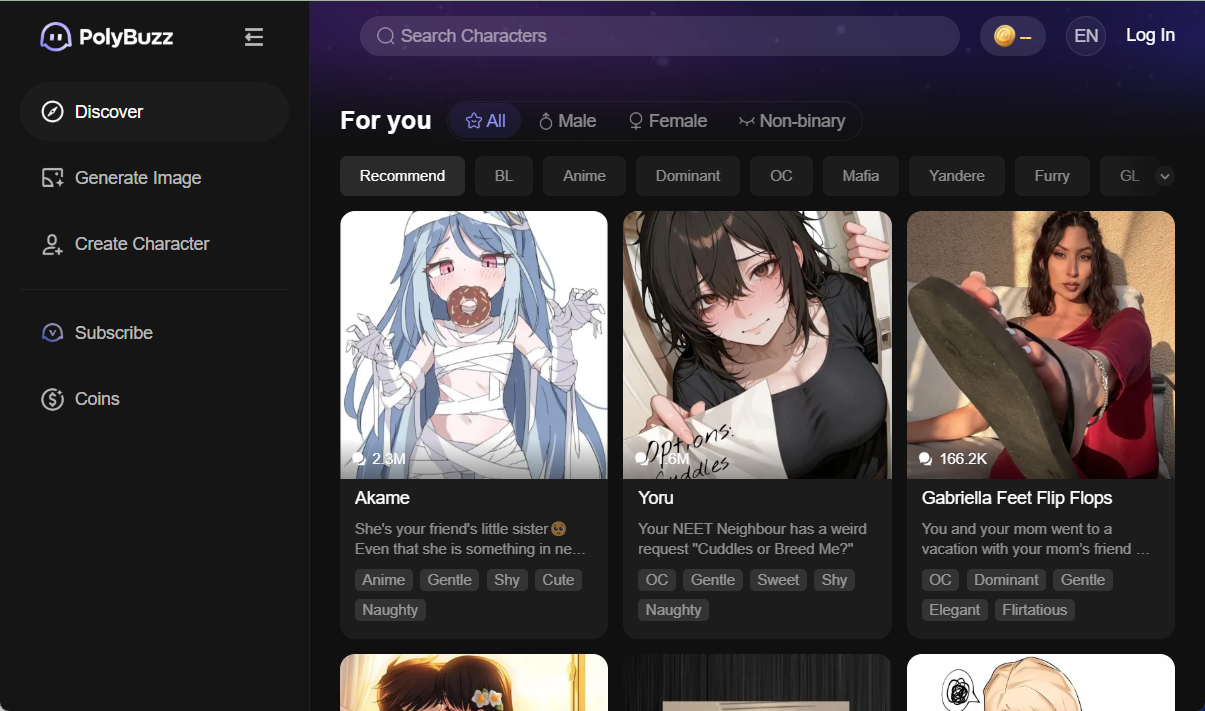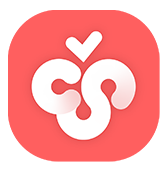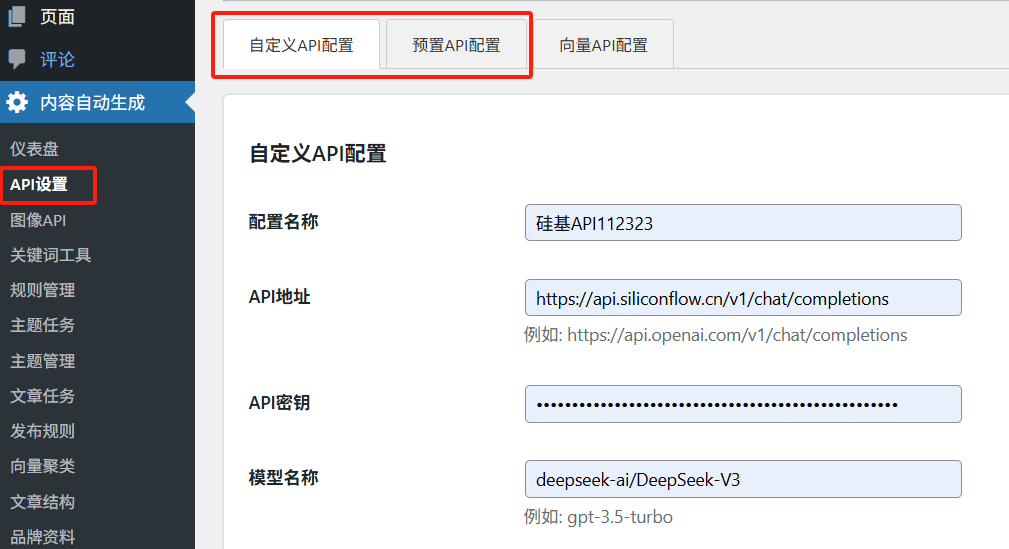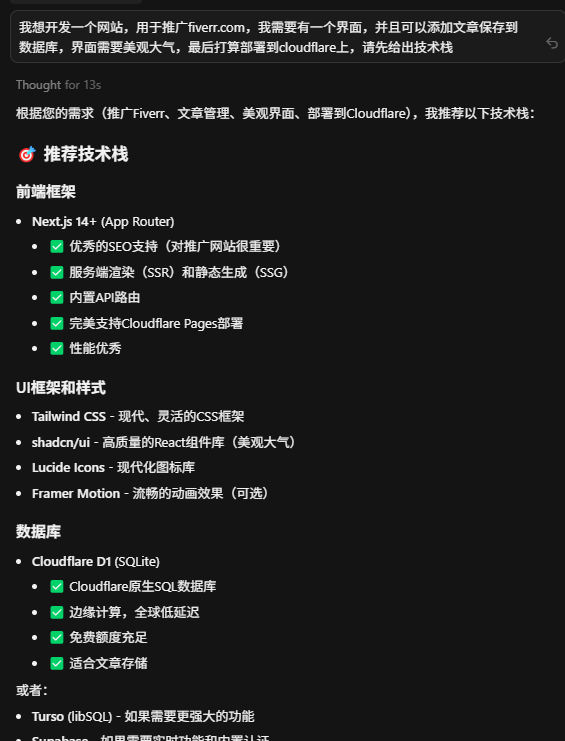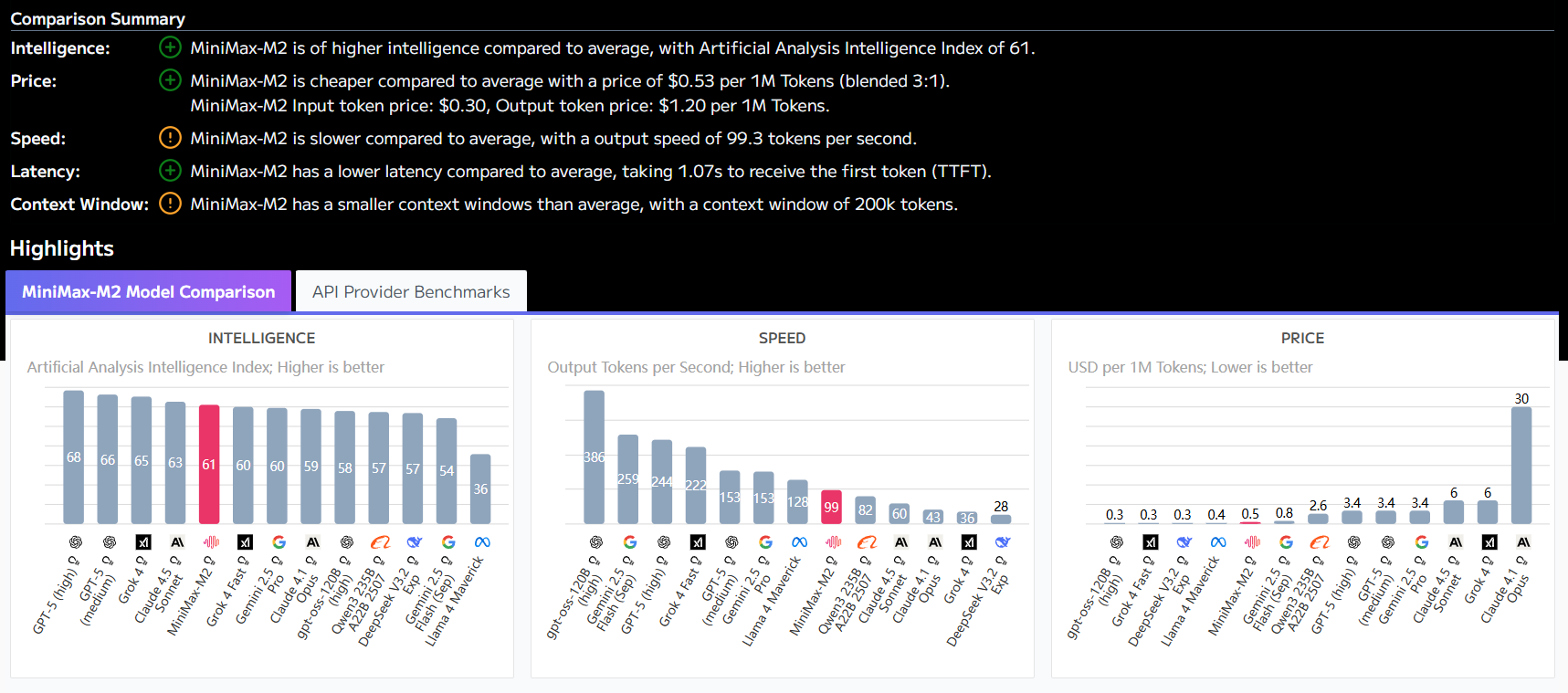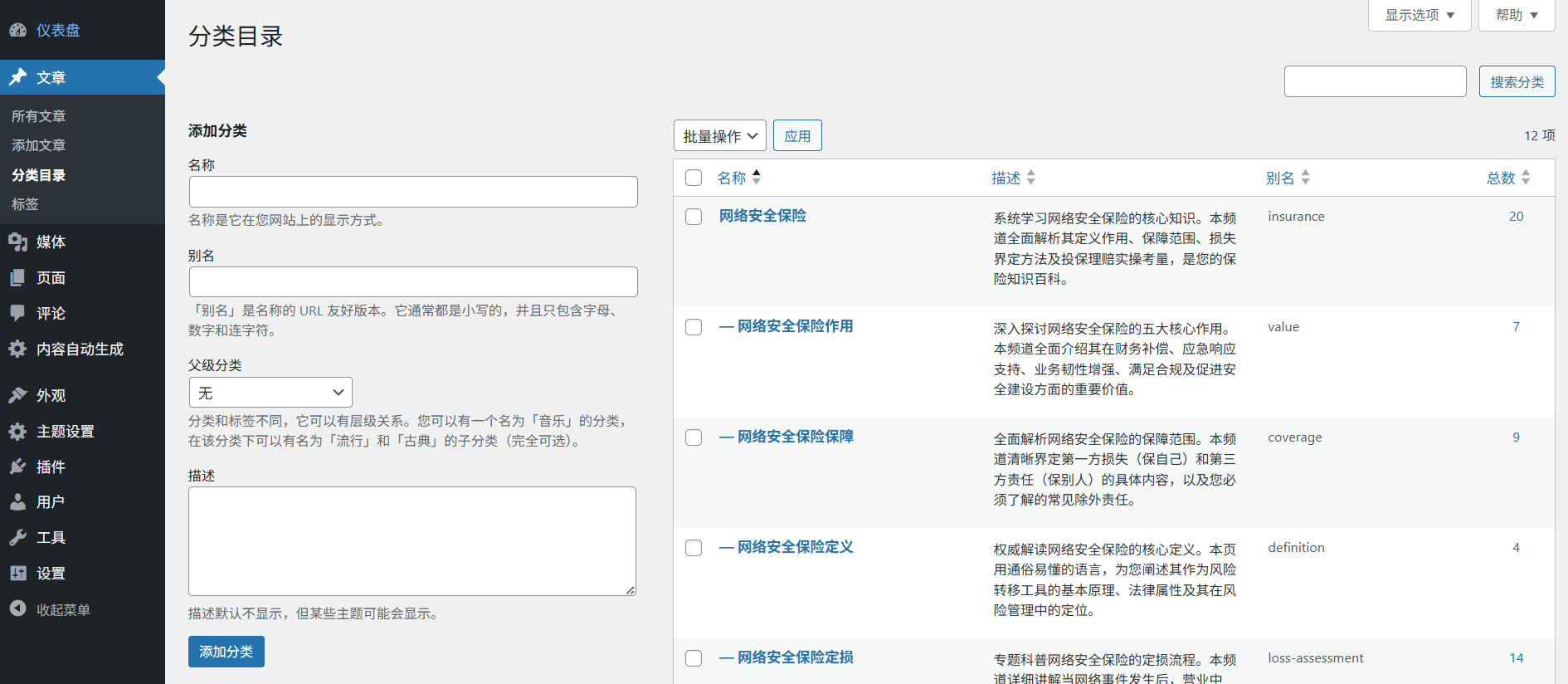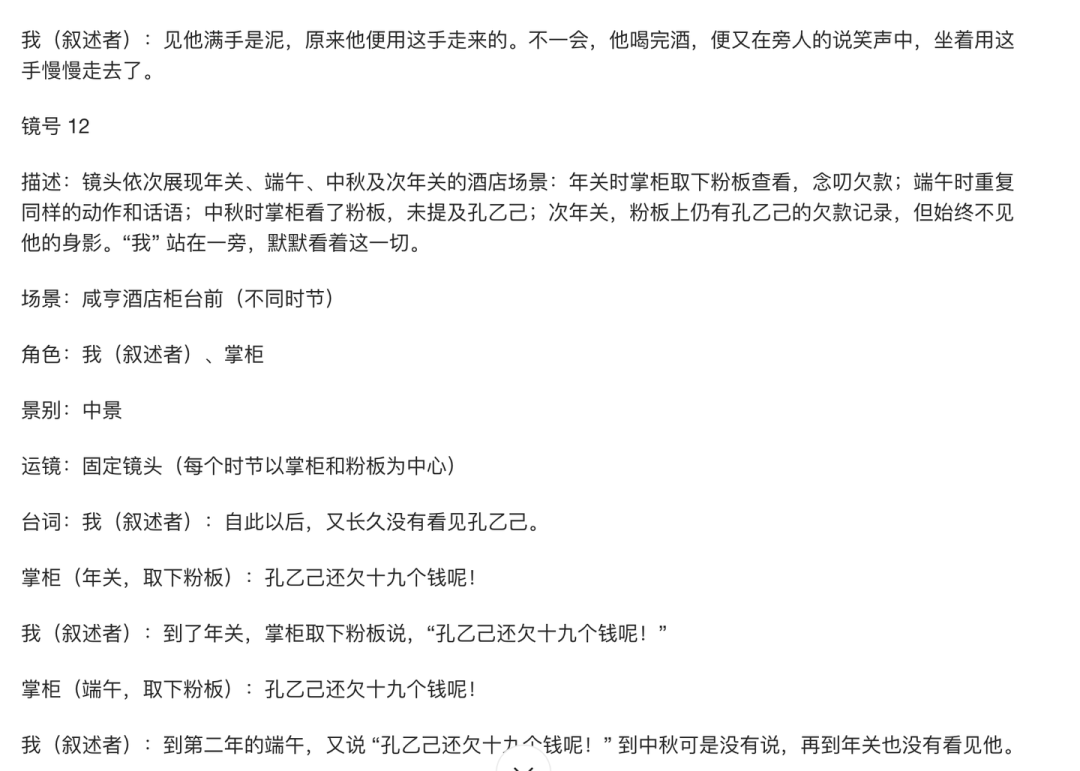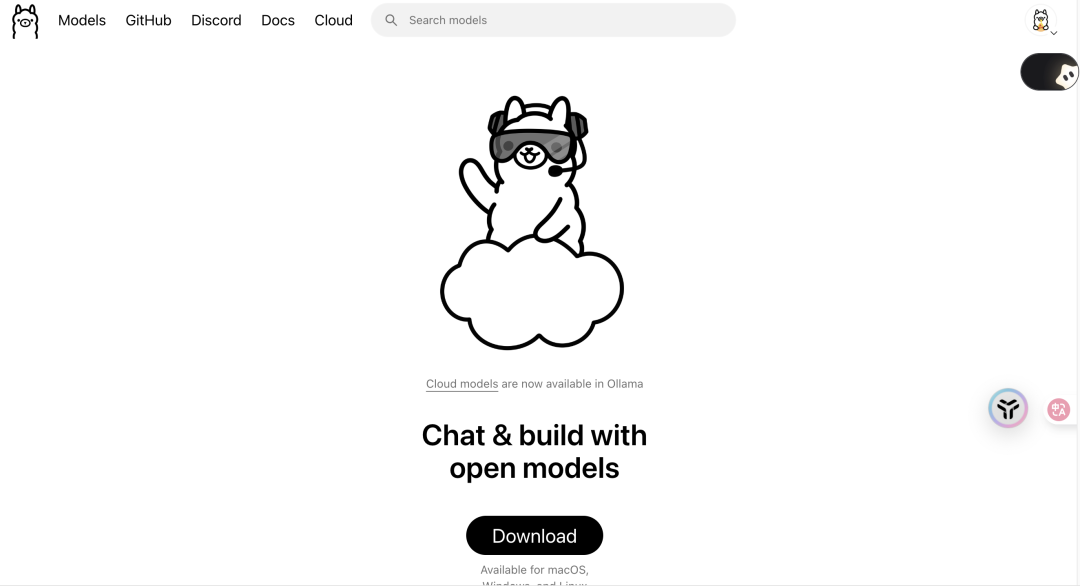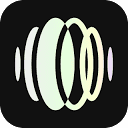In product prototyping, Frame0's component mirroring technology adopts the master-slave architecture to solve the problem of interface element reuse. The specific implementation process is as follows: the designer first creates the main frame containing the navigation bar/footer, and generates the associated copies through the mirroring function; when the main frame is adjusted, all the mirrored copies are automatically synchronized and updated, with the error rate controlled within 0.1%.
This technology has three major advantages over traditional copy and paste: first, version control ensures that 30+ associated pages can also be updated with one click; second, the memory footprint is only 1/3 of that of an independent component; and finally, it supports nested mirroring, so that complex structures such as navigation bars with secondary menus can remain linked. Measurement data shows that in the prototype design of e-commerce applications, this technology can reduce about 65% of repetitive operation time.
The underlying technology uses a difference comparison algorithm to accurately identify public elements that need to be synchronized while maintaining the personalized content of each page. This is the core technological breakthrough of Frame0 compared with similar tools such as Balsamiq.
This answer comes from the articleFrame0: a design tool for quickly converting ideas into wireframesThe




